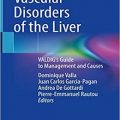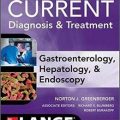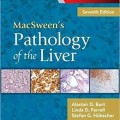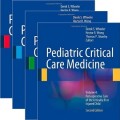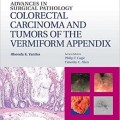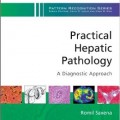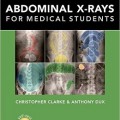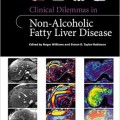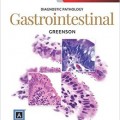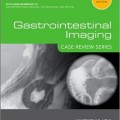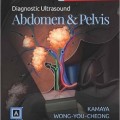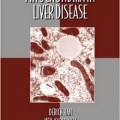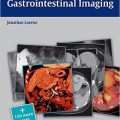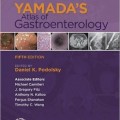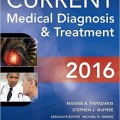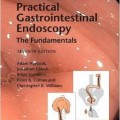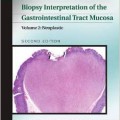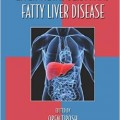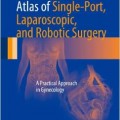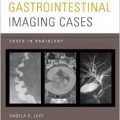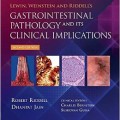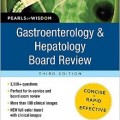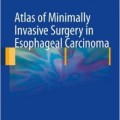دانلود کتاب سیروز کبد: علل، تشخیص و درمان
Liver Cirrhosis: Causes, Diagnosis and Treatment
Topical research in the study of liver cirrhosis, including etiologic types of end stage chronic liver disease; hepatocellular carcinoma screening in the cirrhotic patient; hepatic myofibroblasts and their role in liver fibrogenesis; the role of trace elements in the pathogenesis of liver cirrhosis and cell-based therapy for liver cirrhosis.
This book presents topical research in the study of liver cirrhosis, including etiologic
types of end stage chronic liver disease; hepatocellular carcinoma screening in the cirrhotic
patient; hepatic myofibroblasts and their role in liver fibrogenesis; the role of trace elements
in the pathogenesis of liver cirrhosis and cell-based therapy for liver cirrhosis.
Chapter 1 – Thalidomide is currently used for treating erythema nodosum leprosum,
multiple myeloma, angiogenesis, rheumatoid arthritis, graft-versus-host disease, among
others. Thalidomide effects are related to its capacity to inhibit the proinflammatory cytokine
tumor necrosis factor-α (TNF-α) and, in consequence, causes immunomodulation on other
cytokines. During the establishment of some diseases the balance between proinflammatory
and antiinflammatory cytokines is disrupted, promoting a pathological state; thus, elevated
levels of proinflammatory cytokines mediate several deleterious processes such as
inflammation, necrosis, apoptosis and fibrosis. These events are present in acute and chronic
degenerative liver diseases such as hepatitis, cholangitis, cirrhosis and hepatocellular
carcinoma (HCC). Then, the immunomodulation on cytokines by drugs seems to be a
pharmacological target to ameliorate liver damage and cirrhosis. In fact, there are not
sufficient drugs for relief or cure of cirrhosis currently; some of these few are expensive,
unstable and palliative or may cause side effects. Novel thalidomide analogs have been
synthesized with improved stability and potency as TNF-α inhibitory and immunomodulatory
agents, besides low or none teratogenicity. Experimental assessment of thalidomide and its
analogs in animal models of liver injury have afforded very hopeful outcomes. Thalidomide
and two analogs have evidenced anticholestatic, antinecrotic and antifibrotic activities in bile
duct ligation-induced biliary cirrhosis. Another analog protected D-galactosamine/endotoxintreated mice from liver damage. Thalidomide ameliorated the alcoholic hepatic injury and
prevented necrosis, cholestasis and fibrosis induced by CCl4 in rats. Moreover, this drug
salvaged from lethal hepatic necroinflammation and accelerated the recovery from established
thioacetamide-provoked cirrhosis in rats. The antiinflammatory, antinecrotic and antifibrotic
effects elicited by thalidomide and its analogs are mainly mediated by the inhibition on TNF-
hrough two different routes, as well as the down-regulation of nuclear factor- (NF-B
signaling pathway and by diminishing adhesion molecules to prevent the progression of liver
fibrosis and cirrhosis.



